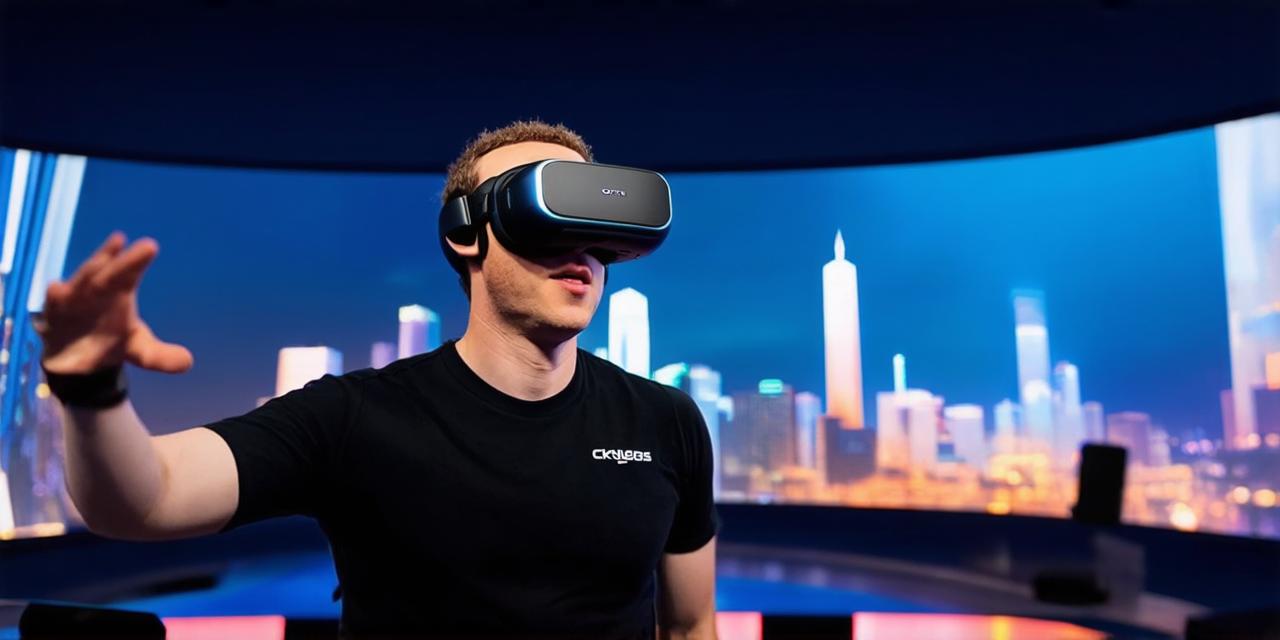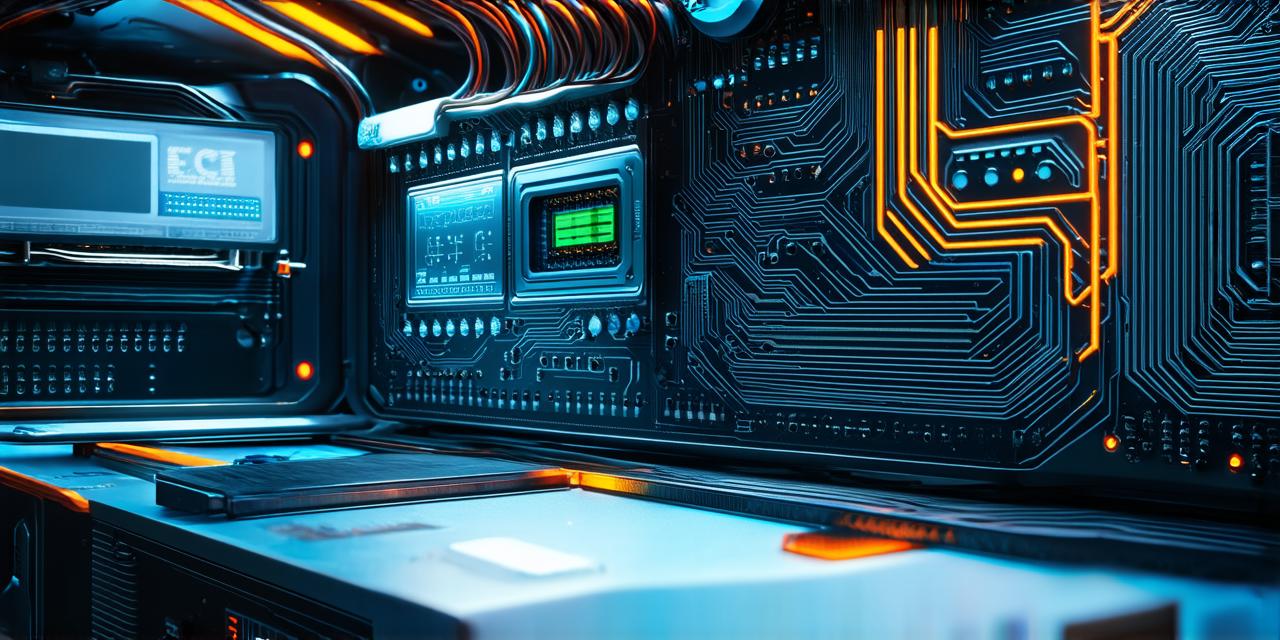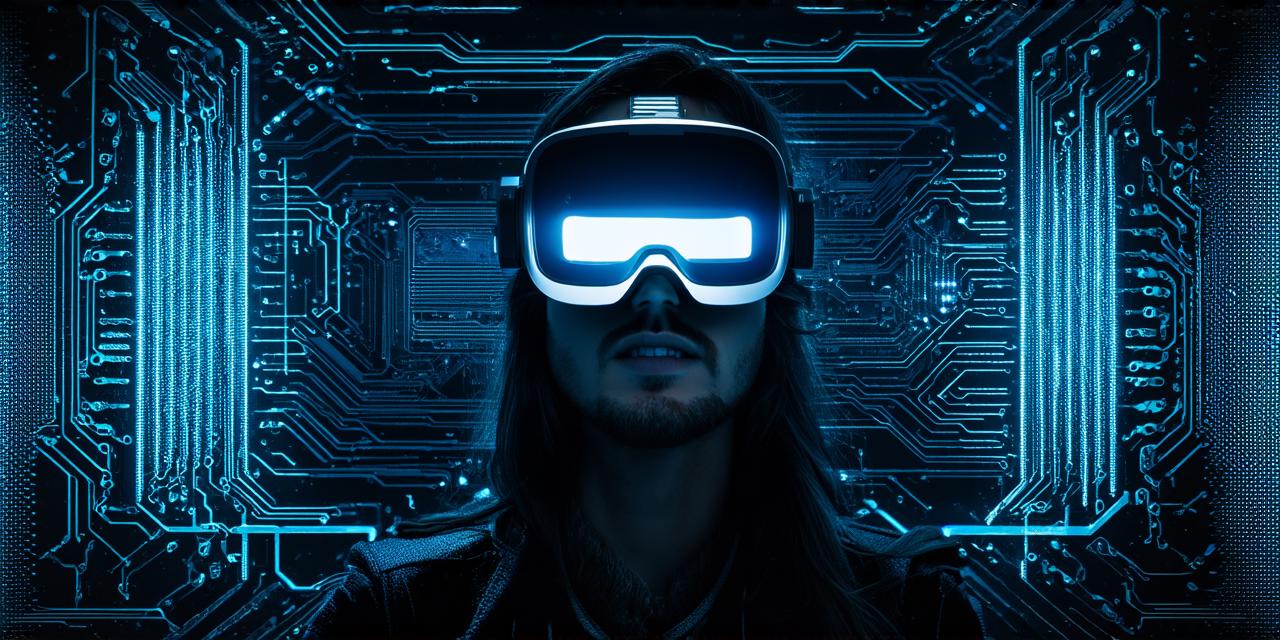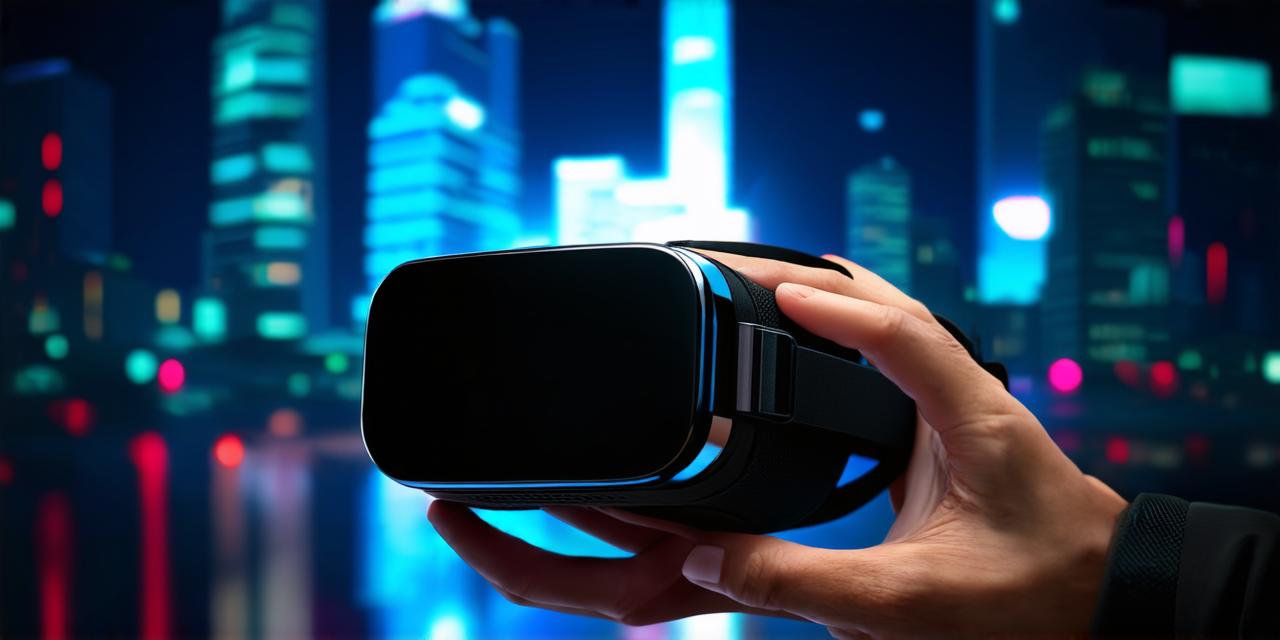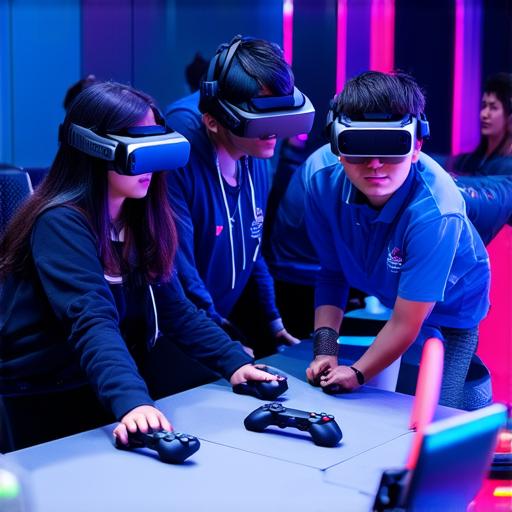
Virtual Reality (VR) in Education
Virtual reality (VR) is a rapidly growing technology that has significant potential to benefit students in various ways. As an augmented reality (AR) developer, you can contribute to the advancement of education by creating VR experiences that are engaging, interactive, and effective.
Enhanced Engagement
Virtual reality can enhance student engagement by providing immersive experiences that are more engaging than traditional classroom activities. By creating realistic simulations of real-world environments or abstract concepts, VR can capture the students’ attention and keep them motivated to learn.
Improved Visualization
Virtual reality can improve visualization by providing a 3D environment that allows students to see and interact with concepts in a more realistic way. This can be especially useful in subjects like science, engineering, and mathematics, where visualization is critical for comprehension.
Enhanced Collaboration
Virtual reality can enable collaboration by providing a shared space where students can interact with each other and work together on projects. For example, VR-based simulations can allow students to collaborate on scientific experiments or historical reenactments, enabling them to learn from each other and develop critical thinking skills.
Increased Accessibility
Virtual reality can increase accessibility by providing students with an opportunity to experience learning environments that may be difficult or impossible to access in person. For example, VR-based simulations can allow students with disabilities to participate in field trips or experiments that would otherwise be inaccessible to them.
Improved Retention and Memory
Virtual reality can improve retention and memory by providing students with immersive experiences that are more memorable than traditional classroom activities. By creating a more engaging learning environment, VR can help students retain information better and improve their ability to recall it later on.
Enhanced Creativity
Virtual reality can enhance creativity by providing students with new ways to explore and express themselves. By creating VR-based simulations or games, students can develop their problem-solving skills and learn how to think creatively in a fun and engaging way.
Real-Life Examples of Virtual Reality in Education
Virtual reality is already being used in various fields, including education. Some examples include:
- Google Expeditions: a virtual field trip program that allows students to explore historical sites, scientific phenomena, and cultural landmarks from anywhere in the world.
- Virtual science labs: simulations of scientific experiments that allow students to conduct experiments safely and effectively without leaving their classrooms.
- Virtual history tours: immersive experiences that allow students to explore historical events and settings in a more engaging way.
Expert Opinions on the Future of Virtual Reality in Education
Virtual reality has the potential to transform education by providing immersive experiences that can enhance student engagement, improve visualization, enable collaboration, increase accessibility, improve retention and memory, enhance creativity, and provide new learning experiences. Some experts predict that VR will become an essential tool for education in the future. However, it’s important to use VR responsibly and ethically to ensure that it benefits students without causing harm or disruption.
Real-Life Examples of Virtual Reality in Education
Virtual reality is already being used in various fields, including education. Some examples include:
- NASA uses VR to simulate space missions and explore new frontiers. By using VR, NASA can provide its astronauts with a safe and controlled environment to practice and prepare for real-life space exploration.
- The New York Times uses VR to create immersive news experiences. By providing readers with a 360-degree view of events, VR allows the New York Times to create more engaging and memorable news experiences.
FAQs on Virtual Reality in Education
Some common questions about virtual reality in education include:
- What is virtual reality?
- How does virtual reality work?
- What are some examples of virtual reality in education?
Summary
Virtual reality has the potential to revolutionize education by providing immersive experiences that can enhance student engagement, improve visualization, enable collaboration, increase accessibility, improve retention and memory, enhance creativity, and provide new learning experiences. As AR developers, it’s important to stay up-to-date with the latest trends and technologies in VR and incorporate them into our educational projects to create more engaging and effective learning experiences for students of all ages.

